Labor Shortages
Japan is currently facing a significant labor shortage in the construction sector, which is likely to impact the front end-loader market. As the workforce ages and fewer young workers enter the industry, companies are compelled to invest in machinery that can compensate for the lack of available labor. Front end-loaders, known for their versatility and efficiency, are becoming essential tools for construction firms aiming to maintain productivity levels. In 2025, it is projected that the demand for front end-loaders will increase by approximately 15% as companies seek to automate processes and reduce reliance on manual labor. This trend indicates that the front end-loader market may experience substantial growth as firms adapt to the changing labor landscape.
Economic Recovery
The economic recovery in Japan is serving as a catalyst for the front end-loader market. Following a period of economic stagnation, the construction sector is witnessing renewed investment and activity. In 2025, the construction industry is projected to grow by approximately 4%, leading to increased demand for construction equipment, including front end-loaders. This recovery is likely to encourage both domestic and foreign investments in infrastructure projects, further driving the need for efficient machinery. As companies ramp up their operations to meet the growing demand, the front end-loader market is expected to benefit from this positive economic climate. The interplay between economic growth and construction activity suggests a favorable outlook for the front end-loader market in the coming years.
Environmental Regulations
The tightening of environmental regulations in Japan is influencing the front end-loader market. As the government implements stricter emissions standards, manufacturers are compelled to develop more environmentally friendly machinery. This shift towards sustainability is prompting the introduction of electric and hybrid front end-loaders, which are designed to meet these new regulations. By 2025, it is anticipated that the market share of electric front end-loaders will increase significantly, potentially reaching 20% of total sales. This trend suggests that companies are not only focusing on compliance but also on enhancing their corporate social responsibility profiles. Consequently, the front end-loader market is likely to evolve as manufacturers innovate to meet both regulatory demands and customer expectations for greener solutions.
Technological Integration
The integration of advanced technologies into construction equipment is influencing the front end-loader market. Innovations such as telematics, automation, and improved fuel efficiency are becoming standard features in new models. This technological evolution not only enhances operational efficiency but also reduces operational costs for companies. For instance, front end-loaders equipped with telematics can provide real-time data on performance and maintenance needs, which may lead to reduced downtime. As of 2025, it is estimated that around 30% of new front end-loaders sold in Japan incorporate these advanced technologies, indicating a shift towards smarter machinery. This trend suggests that companies are increasingly prioritizing technology in their equipment choices, thereby driving growth in the front end-loader market.
Infrastructure Development
The ongoing infrastructure development in Japan appears to be a primary driver for the front end-loader market. With the government investing heavily in public works, including road construction and urban development, the demand for heavy machinery, particularly front end-loaders, is likely to increase. In 2025, the Japanese government allocated approximately ¥6 trillion for infrastructure projects, which could lead to a surge in the procurement of construction equipment. This trend suggests that construction companies are increasingly relying on front end-loaders for efficient material handling and site preparation. As urbanization continues, the front end-loader market is expected to benefit from the rising need for robust machinery capable of operating in diverse environments, thus enhancing productivity and operational efficiency.


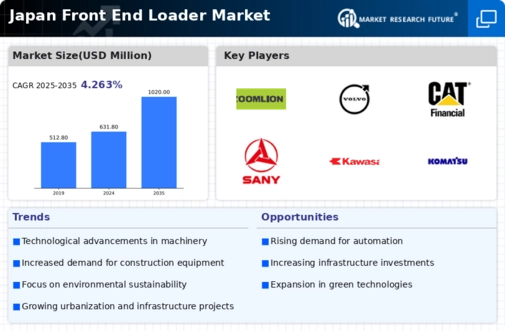

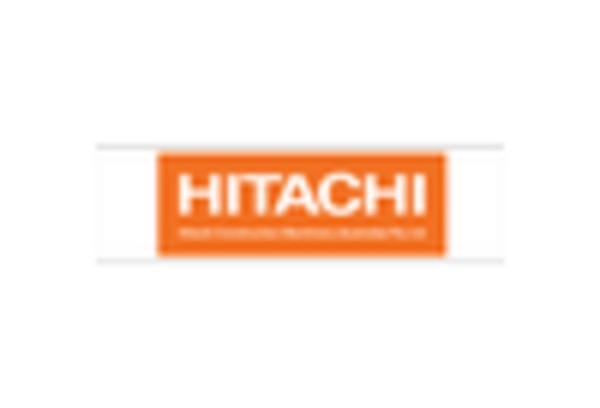
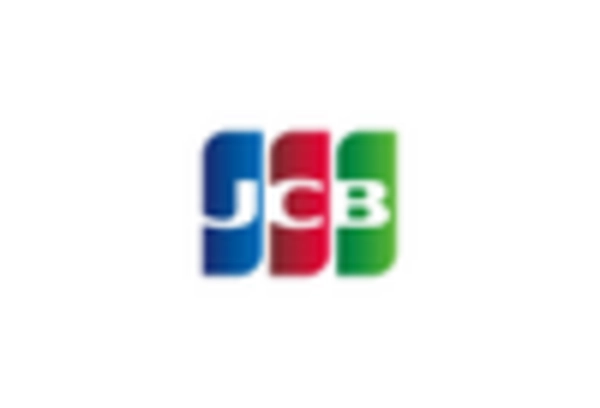
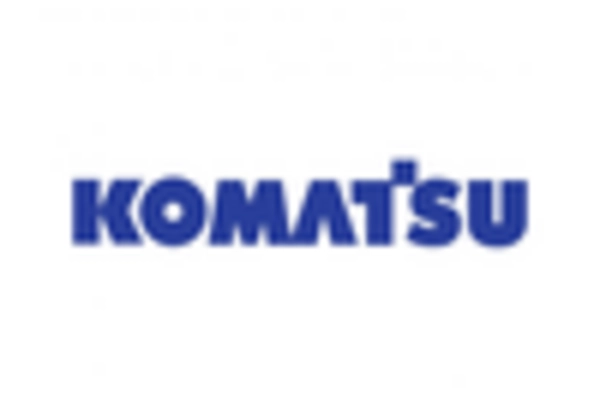
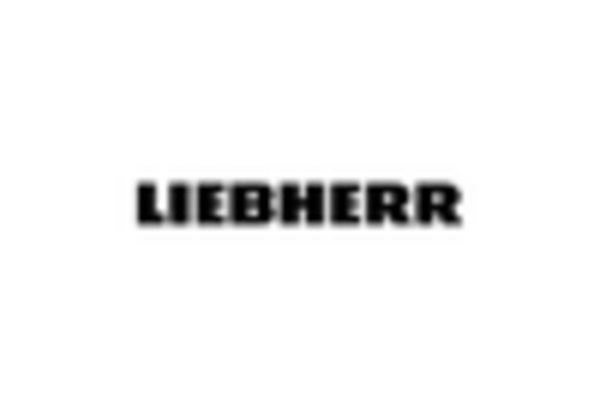
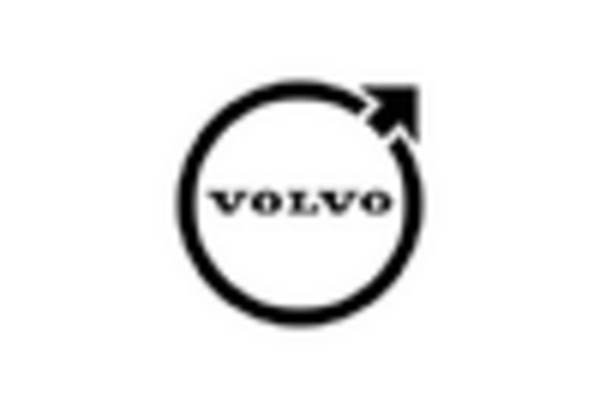








Leave a Comment